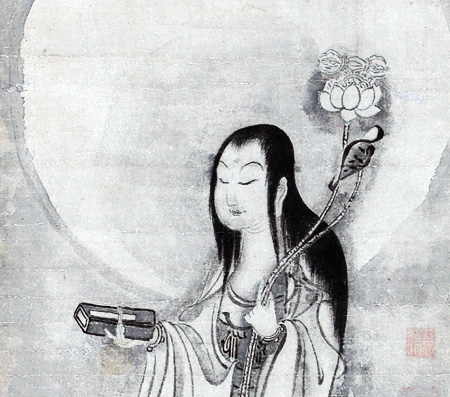
- Hakuin Zenji also known as Hakuin Ekaku (1686 1769)
- Reformer of Zen Buddhism
- What is the sound of one hand clapping?

![]()
Spirituality and the human


![]()
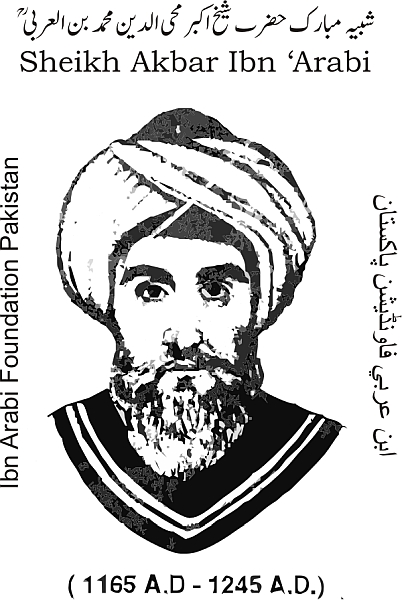
Muhyi al-Din Ibn al-Arabi was born in Murcia into a very pious and cultured milieu. When he was seven, he and his family moved to Seville, the capital of the Almohades Empire which extended all over North Africa. At 16, having studied with Andalusian spiritual leaders, he‘ entered on the path’. He was so cultured that at an early age he was awarded an important administrative post; it was also at this time that he met and married a young woman whom he considered to be the spiritual ideal. But a grave illness which brought with it powerful visions led him to give up his career and his possessions in order to practise asceticism in strict seclusion. Several long years of pilgrimage followed, during which Ibn’Arabi met the greatest mystics in Spain and the Mahgreb, where he spent some time before a vision compelled him to go to the East. In 1201-02 he travelled to Cairo, Jerusalem, and finally to Mecca, where he was welcomed into the home of an eminent Persian sheikh and his sister.
![]()
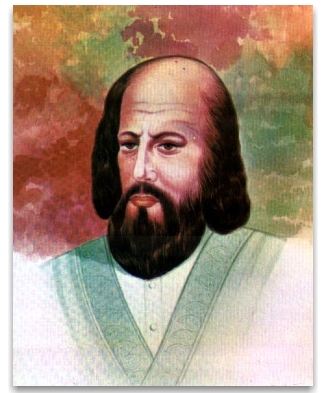
Algazel, better known as al-Ghazali, was born Abu Hamid Ibn Muhammad Ibn Muhammad al-Tusi al-Shafi’i al-Ghazali in 1058 A.D. in Khorasan, Irandad, in the west of what is now called Iran. He was an Islamic theologian, philosopher, and mystic. He is considered one of the greatest theologians in Islam. Al-Ghazali made a significant philosophical contribution at a time which was important for the continuing legitimate existence of the sufi component of Islam.
![]()
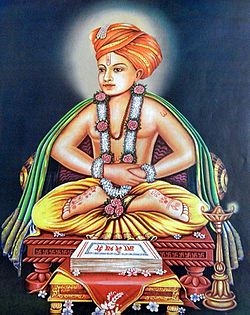
Jnanadev (also known as Jnaneshwar or Dnyaneshwar or Dnyandev (1275–1296) was a 13th-century Marathi saint, poet, philosopher and yogi of the Nath tradition whose Jnaneshvari (a commentary on the Bhagavad Gita) and Amrutanubhav are considered to be milestones in Marathi literature. Jnanadeva lived during the rule of King Ramadevarao, immediately prior to the Moghul invasions, for an all too brief 22 years and left a rich body of spiritual writings. He is honoured to this day in Alandi, his place of internment.
![]()
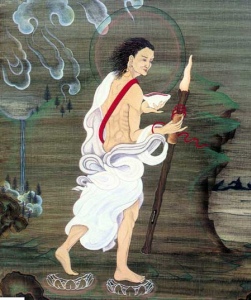
Milarepa (Mi-la-ras-pa), Tibet, roughly “Mila who wears the cotton cloth of an ascetic,” 1025- 1135; by far the most famous saint of Tibet. After trials of the utmost difficulty imposed on him by his master, Marpa, he received the complete teachings of the mahamudra and of the Naro chodrug. His diligent and exemplary exertion in the realization of these teachings brought about the founding of the – Kagyupa school. The biography of Milarepa, composed in the 15th century, with all the spiritual songs it contains, is still today one of the greatest sources of inspiration in Tibetan Buddhism.
![]()
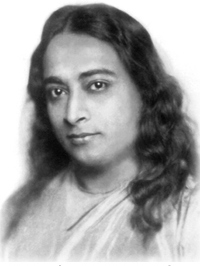
The question, “What is a Saint? arose recently, for a description of a saintly person was encountered. That description was really a listing of what discouraged happiness in a saintly person. It went something like this: “discourage happiness due to wealth and family, possessions, marriage and sexuality, or material longevity“. That gave me pause. I had to stop and think, What maketh a saint?? And so this website has come about.
I suppose there are many things you can say about saints. I’d like to open a window not just to the plaster saints, those with halos and statues, but also to the saints and inspiring spiritual adherents of other religions. Why should great saints, sants, acharya, gurus, godmen, godwomen, mystics and muslim pirs be excluded from consideration as saints? Don’t they inspire people too?
So there is your first conclusion about saints. They inspire.
![]()